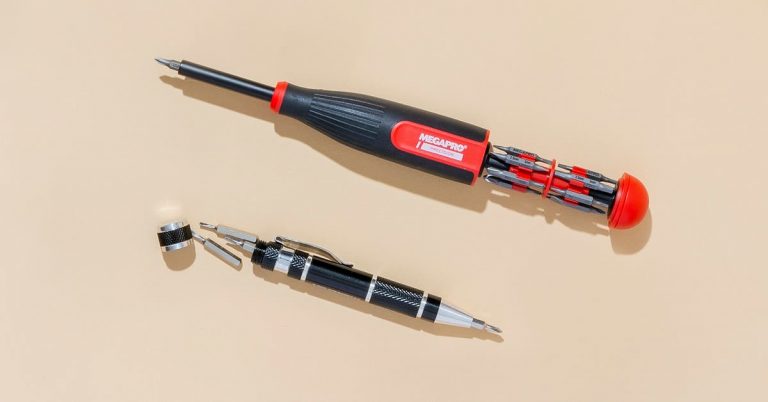How to Clean Your Outdoor Furniture so It’s Summer-Ready

Four out of five of our patio dining set picks are at least partially made with powder-coated steel, aluminum, or a combination of both metals. These pieces are coated in a layer of dry powder, which is then cured in an oven, instead of being sprayed or brushed with liquid paint. This creates a scratch-resistant coating that protects the steel or aluminum from the elements and is typically more durable than traditional paint. It’s also available in a wide range of hues.
The downside, however, is that if a powder coating chips or wears down, it leaves the bare metal susceptible to rust or corrosion, so the best way to take care of your powder-coated furniture is to keep it covered and dry when it’s not in use, especially if you live in a humid or salty environment.
Regular cleaning and maintenance
Most powder-coated outdoor furniture has a UV-resistant coating to prevent fading, but it’s still best to keep it out of direct sunlight as much as possible. You should avoid stacking powder-coated pieces to prevent touchpoints from chipping or wearing down, and you should regularly clean your furniture to prevent dirt from building up, water from pooling, and mold from forming.
Rafael Avramovich, a metalworker at Metal Work And Design, a custom metal fabricator, likens cleaning powder-coated furniture to cleaning a car. Avoid products that can scratch the coating (read: no steel wool or scouring pads), and wipe every last drop of water off the surface after cleaning to prevent unsightly mineral deposits and rust or corrosion.
Mathilde Souesme, a product manager at Fermob (the manufacturer of one of our top-pick outdoor dining sets), recommends wiping bird droppings from powder-coated furniture as soon as possible, as the acidity of the droppings can be particularly corrosive.
Even though an unchipped, powder-coated piece of furniture is generally protected, the hollow inside of the arms and legs is often not coated. Avoid getting water inside the item, and ensure it’s completely dry after cleaning, so your piece doesn’t corrode or rust from the inside out.
Souesme also warns against using alcohol, isopropanol, petrol, mineral spirits, solvents, dissolvents, hydrocarbons, caustic soda, ammonia, alkaline detergents (pH higher than 9), acids, polish, or products that are often used to remove graffiti, as they can damage the powder coating. Instead, stick to the old reliable combination of dish soap and water.
What you need:
- a sponge or cotton cloth
- dish soap
- water
- hose
- a handful of dry cloths (cotton or microfiber works)
How to clean:
- Work several drops of dish soap into a lather in a bowl or bucket of water with your hand, sponge, or cleaning cloth.
- Soak your sponge or cloth in the solution, then wring out excess.
- Work from the top down on each piece of furniture, rinsing your sponge or cloth and applying the cleaning solution as you go. If you pick up gritty dirt, rocks, or debris along the way, be sure to thoroughly rinse your sponge or cloth and make a fresh batch of cleaning solution.
- Rinse the furniture with water until no suds are left.
- Wipe each piece dry as you clean it (instead of all at once), taking extra care to get into nooks and crannies and ensure water hasn’t pooled in any rubber feet or gaskets.
Repairing small chips and dings
Although powder coatings are more durable than traditional paint, they can still chip or wear down. The best way to repair a powder coating, said Lupita Yau, the office manager at Metalmania, a custom metal fabrication shop, is to start from scratch. You can take your piece to a metal shop to be sandblasted and powder-coated again, but this can be pricey, and it might not be realistic for most people.
You can try patching small nicks in the finish at home — just bear in mind that it will likely be difficult to get an exact finish, hue, or texture match with the original coating. Yau recommends using a product like Permalac, which is a clear lacquer that can be sprayed or brushed onto both the exposed metal and the powder coating. Alternatively, Rust-Oleum spray paints can also protect the exposed metal and come in a range of colors that might better match your existing piece. Some brands, like Fermob, even sell spray paint in the exact hues of their pieces for touch-ups.
What you need:
- gloves (rubber, garden, or work gloves will do)
- a surgical or N95 mask, to prevent inhaling metal debris and/or paint or lacquer
- safety goggles, to protect your eyes from metal debris and/or paint or lacquer
- a fine-grit sandpaper, such as 240 or above
- a damp cloth or tack cloth
- your chosen patch product, such as Permalac or Rust-Oleum spray paint
How to repair:
- Gently sand the area you’re patching in circular motions to remove any rust or corrosion, even out the surface, and prep it for better adhesion.
- Remove dust and debris from sanding either with a damp cloth or a tack cloth.
- Follow the manufacturer’s instructions for a clean finish, but in general, work in very thin coats and let each dry completely before applying the next one, until you’ve achieved your desired finish.
- Let the piece cure completely, according to the manufacturer’s instructions, before using it.






